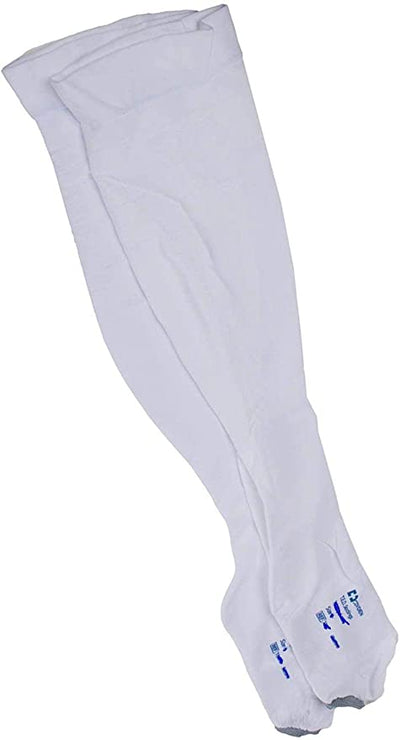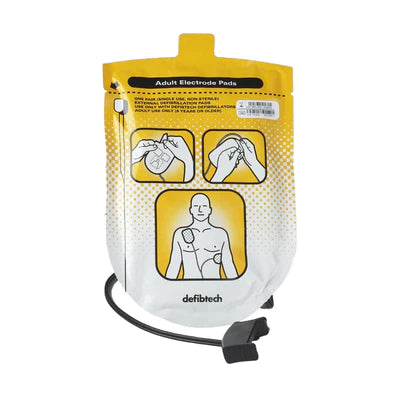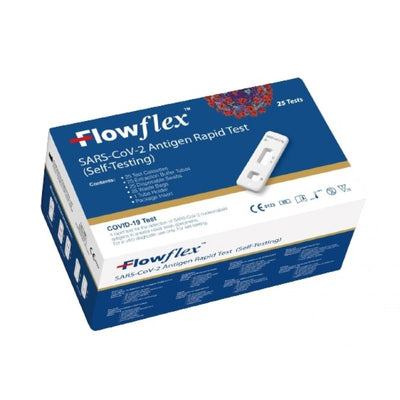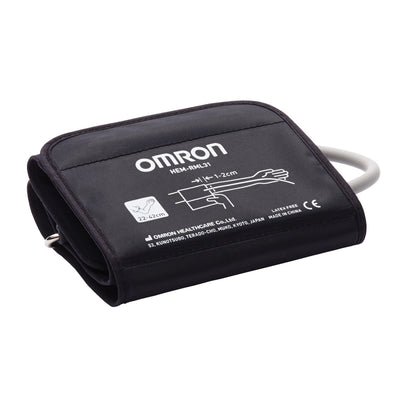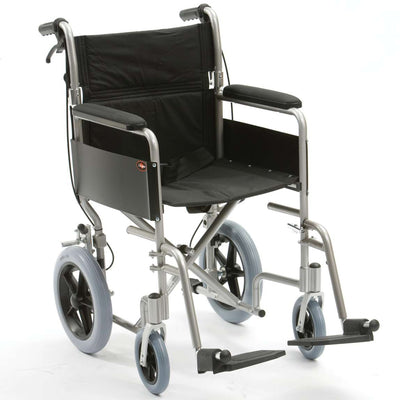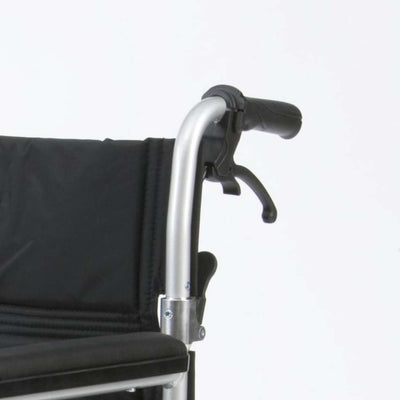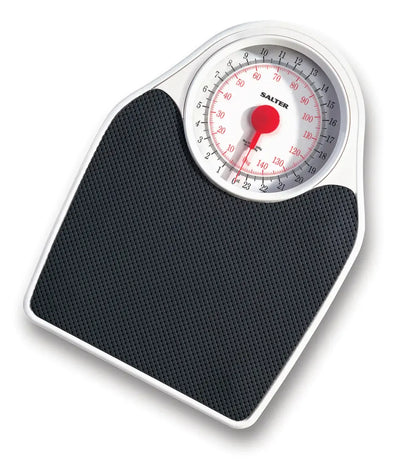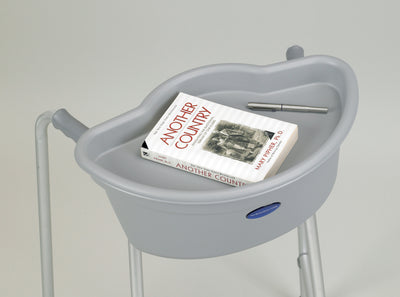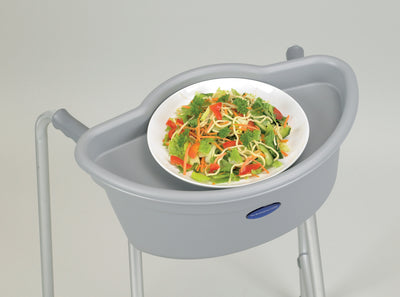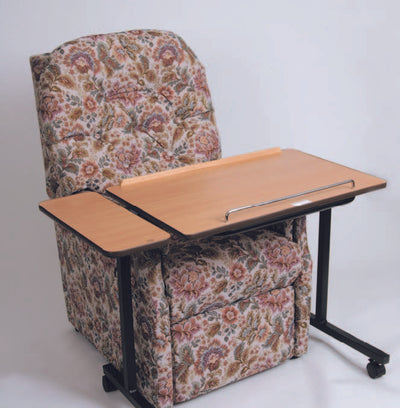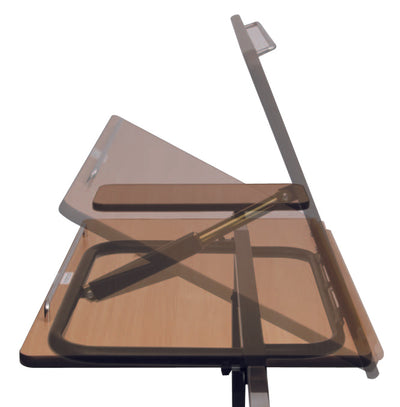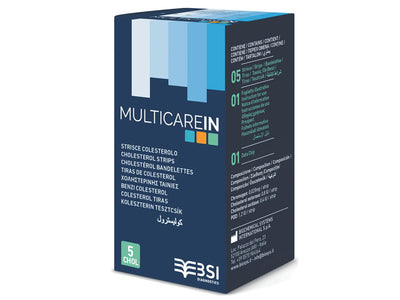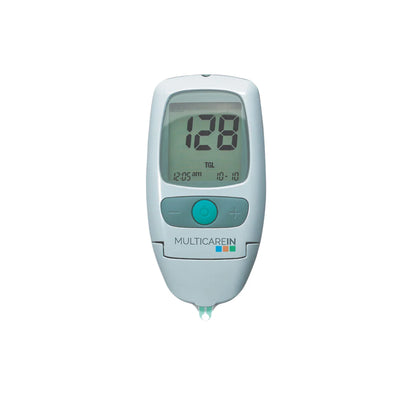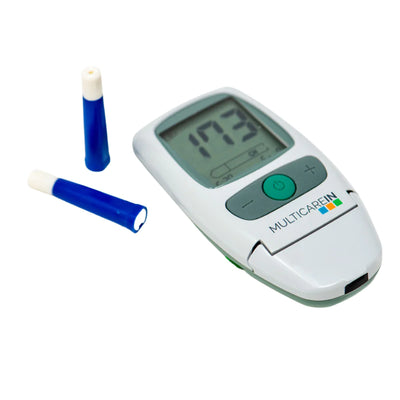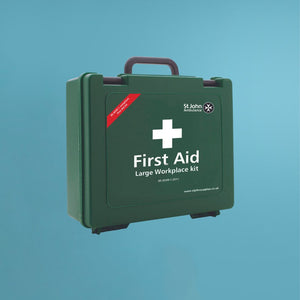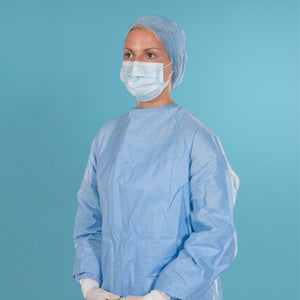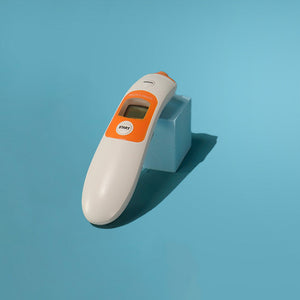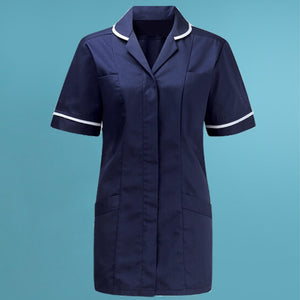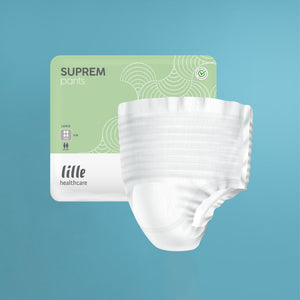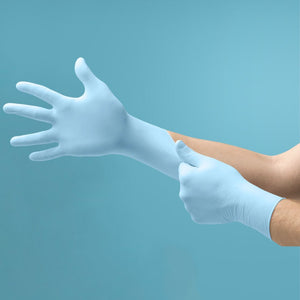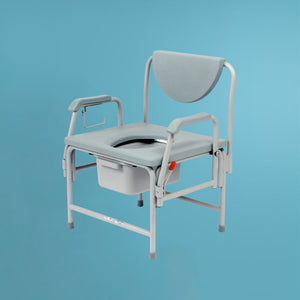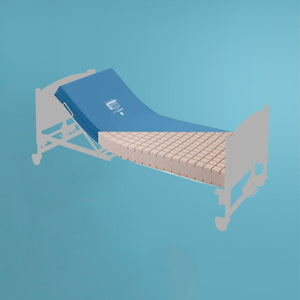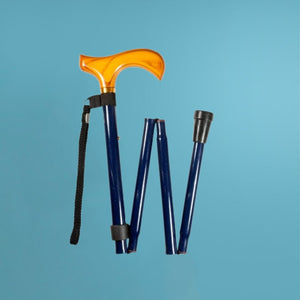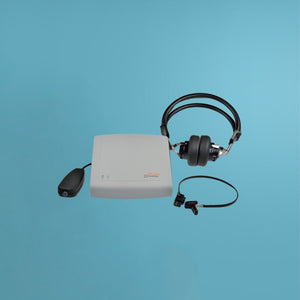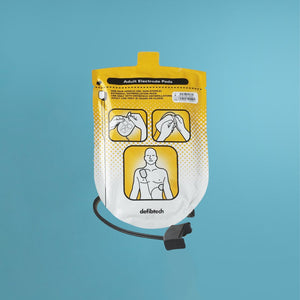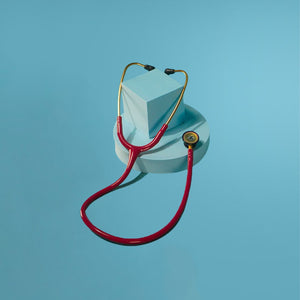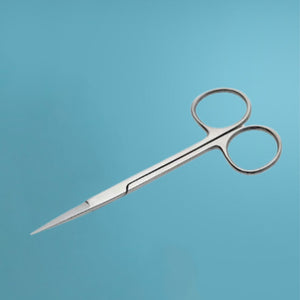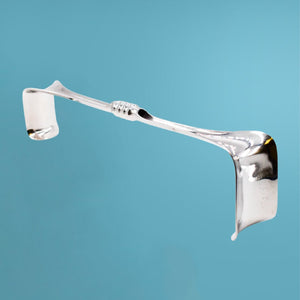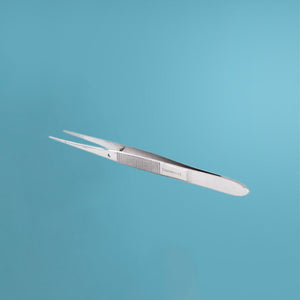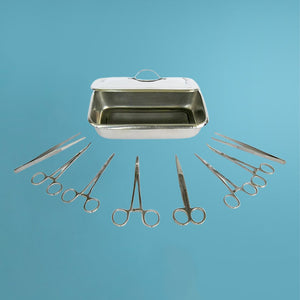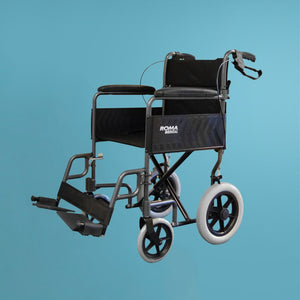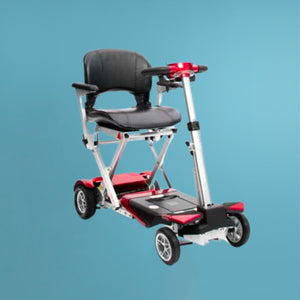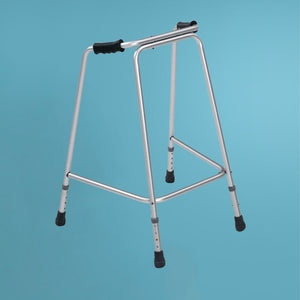Blogs
Knowledge as the key to prevention, early detection, and a healthier future.
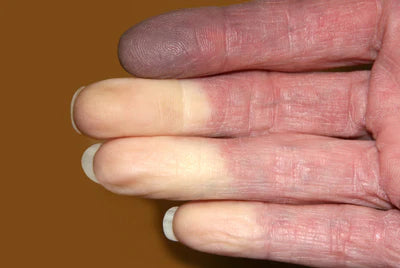
What is Raynaud's Disease?
07.02.2024
If you’ve ever seen your fingers or toes suddenly turn an alarming blue, bruised colour or if they’ve become over sensitive to changes in temperature, then you might well be suffering from Raynaud’s Disease.
Raynaud's Disease (pronounced Ray-nodes) occurs when the small blood vessels in the extremities of the body, most commonly the fingers or toes, respond to changes in temperature (particularly cold conditions) or emotional or physical stress with an over-sensitive reaction.
What happens during Raynaud’s Attack?
Normally, when we’re exposed to cold temperatures our body will shift into action to contract the blood vessels in our extremities - our hands, feet, fingers, toes, ears and even our nose.
In cold environments, our body will try to conserve as much heat as it can in order to protect the vital organs at our centre. It does this by drawing blood away from the surface of the skin and constricting the blood vessels that lead to the extremities - which is why we will more often get cold hands and feet, and not a cold stomach for example, when the temperature drops.
During a Raynaud’s attack, however, the body will react much more aggressively by making the blood vessels in our fingers and toes extremely narrow to the point of cutting the circulation to almost zero. This causes a very noticeable change of colour in the skin and change of feeling in the digits.
When the vessels begin to close, you may sometimes see a colour change to the affected areas, with the skin turning white when the vessels change, then blue as the oxygen depletes and finally to red as the circulation starts to return. This is known as a Raynaud's attack.
Raynaud’s Symptoms include:
Cold and numbness in the affected areas, especially cold fingers and toes
A colour change in the extremities - often going from white to blue to red
Tingling, itching or pain as the colour in the fingers and toes turns to red and the circulation begins to return
If you have any of these symptoms you could be suffering from Raynaud's Disease.
Is Raynaud’s Serious?
Most people who experience intermittent attacks will be suffering from Primary Raynaud’s Disease, which has relatively mild symptoms and is a very manageable condition.
Primary Raynaud’s can, however, still be quite uncomfortable and even painful for some. It can also make everyday tasks, like buttoning a coat or squeezing a tube of toothpaste for example, more difficult. Thankfully, most attacks last for just a few minutes, or at worst a few hours.
Unfortunately, for some, the symptoms become much more serious and in this case they may well be experiencing Secondary Raynaud’s Disease. This is usually caused when the individual has another existing condition in the body - including Lupus, Arthritis, Scleroderma, Carpal Tunnel Syndrome or a previous injury in the ankle or wrist.
Secondary Raynaud's should always be carefully monitored for complications like ulceration or sores.
If you have been suffering from regular Raynaud’s attacks and notice a change in your symptoms or you have any other health concerns, it is important to tell your doctor, who may carry out some tests to rule out other, more serious conditions.
How to manage Raynaud’s Disease
Keep your home warm
Wear warm clothes during cold weather, especially on your hands and feet
Exercise regularly – to help improve circulation
Use a Digiball or stress ball to maintain good movement in the hands during cold periods
Consider wearing arthritis gloves or a hot and cold shoulder and waist warm wrap on the affected areas.
Try breathing exercises or calming techniques to help you relax, as Raynaud’s can be triggered by stress, as well as cold.
Be sure to eat a healthy, balanced diet to maintain healthy blood flow and circulation
Avoid:
Smoking – improve your circulation by stopping smoking
Caffeine (found in tea, coffee, cola and chocolate) – too much caffeine may trigger the symptoms of Raynaud's
See a GP if:
your symptoms are very bad or getting worse
Raynaud's is affecting your daily life
your symptoms are only on 1 side of your body
you also have joint pain, skin rashes or muscle weakness
you're over 30 and get symptoms of Raynaud's for the first time
your child is under 12 and has symptoms of Raynaud's
Need more help to improve your cirulation? We're always here to help so get in touch today.
For all your Medical and Homecare supplies give us a call at Mediworld.
We have over 40 years experience in medical, surgical, mobility and home health supplies and we're always on hand to chat if you need support or advice. Follow us on Twitter and Facebook and don't forget to read our other great health blogs!
Learn More Now
